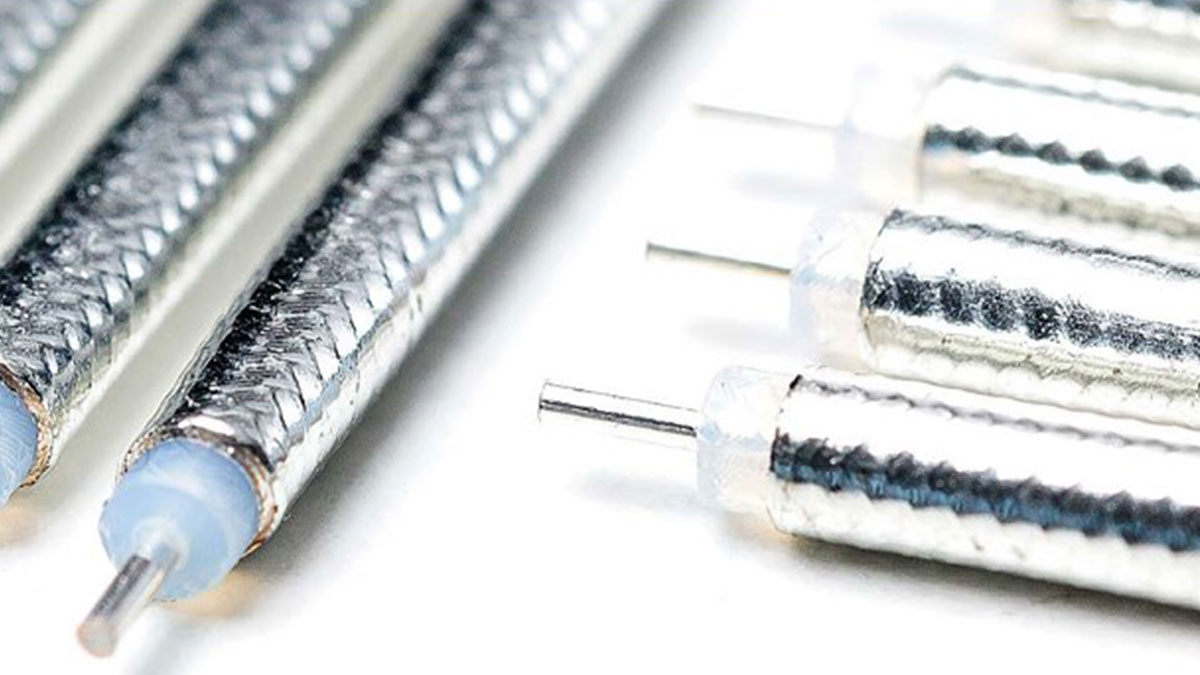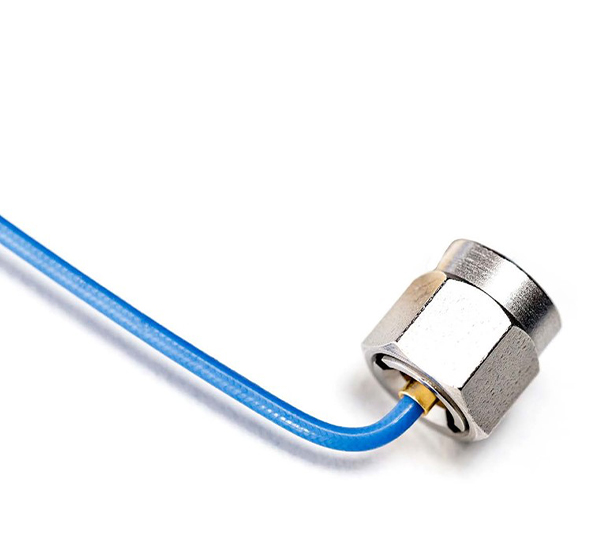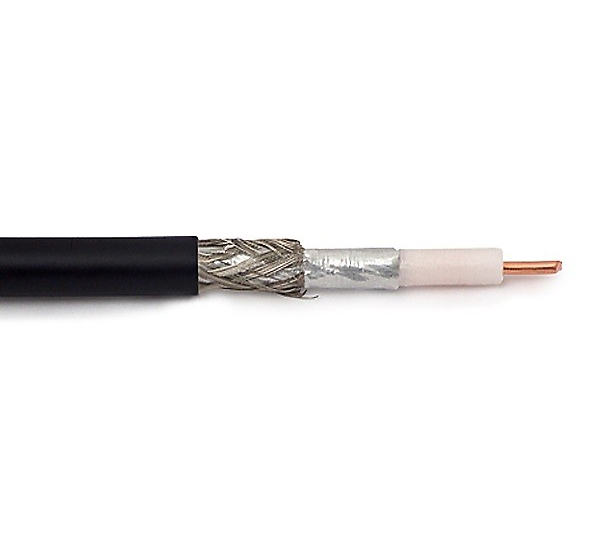
Coaxial Cable – Structure and Use
To transmit signals from point A to point B, one could use two parallel wires. This approach even works in the RF range if impedance is carefully controlled. However, the downside is that the electromagnetic field radiates outward, making it vulnerable to nearby disturbances and environmental interference.
Waveguides, on the other hand, confine the field within a metallic tube—isolating it from external influence. But they require a minimum frequency to function and are typically rigid and difficult to bend.
Coaxial cables offer the best of both worlds. By placing one conductor concentrically inside another, the electromagnetic field is guided internally and remains unaffected by outside elements. This makes coaxial cables indispensable in RF applications, offering flexibility without compromising performance.

Key Takeaways:
- Coaxial cables confine the field between the inner and outer conductor—minimizing external interference.
- The characteristic impedance depends on the dimensions and dielectric constant of the material between conductors.
- Improper termination leads to signal reflection, power loss, and potential damage to components.
- Attenuation arises from resistive losses in conductors and dielectric losses—both increase with frequency.
- Advanced dielectric materials like expanded PTFE reduce loss and improve phase stability over temperature changes.
“The surface quality and plating of the inner conductor play a critical role in minimizing resistive losses—especially at higher frequencies.”
– Stefan Burger, RF Expert

Well-designed coaxial cables minimize phase shift during bending, resist deformation from mechanical stress, and protect the signal path even under temperature fluctuations or humidity. High-performance cables, like elspec’s HandFlex, can be reshaped by hand, making them cost-effective and extremely versatile in custom test setups.
From the use of triple-layer heat shrink strain relief to armored variants with steel spirals or hard-shell protection, the mechanical design of RF cables is as important as the electrical. Ensuring torque-correct connector engagement with a proper wrench isn’t optional—it’s critical for longevity and measurement accuracy.


